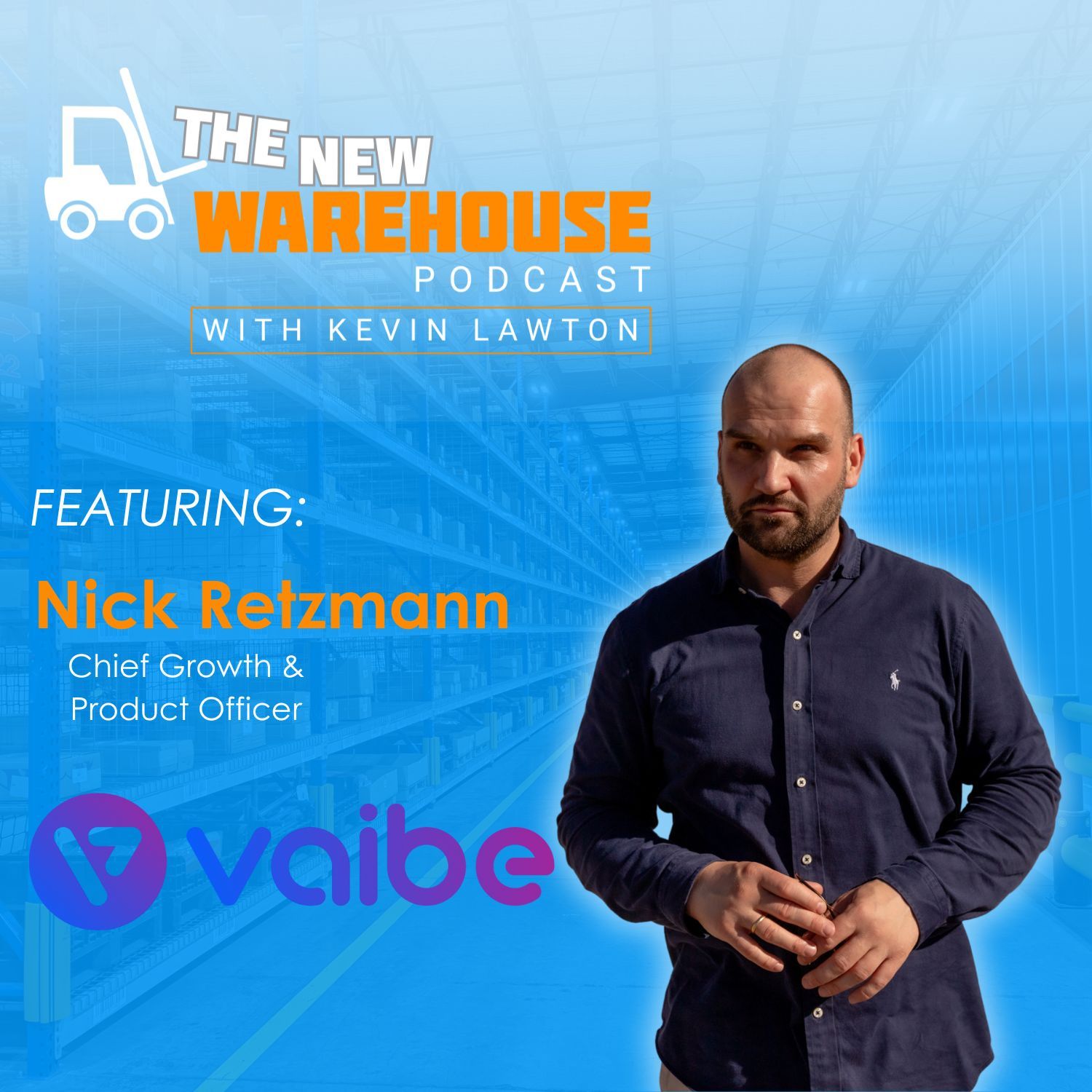
616: Gamification in the Warehouse for Stronger Engagement and Performance
Kevin chats with Nick Retzmann, Chief Growth and Product Officer at Vaibe, to explore how gamification can transform warehouse employee engagement. Vaibe offers a software-as-a-service platform that connects to existing systems, turning daily operational KPIs into fun, team-oriented challenges. From increasing pick rates to improving safety compliance, Vaibe creates an environment where employees feel recognized and motivated.
With labor shortages, retention struggles, and competitive hiring markets putting pressure on warehouse operators, Nick explains why investing in engagement is no longer optional. Instead, gamification can make work more enjoyable while driving measurable gains in productivity, performance, and retention.
Gamification Turns Warehouse Tasks into Fun, Competitive Challenges
Warehouses are ideal environments for gamification because of their repetitive, data-driven tasks. Vaibe integrates with systems like WMS or LMS to create challenges around measurable goals, whether it’s increasing pick rates, improving quality, or reducing accidents. “Work is work, but why not turn work into fun?” says Nick. He points out how you can structure games for individuals or teams, with formats like “first to reach a target,” “team vs. team,” or cooperative goals that build camaraderie. Employees view progress on mobile devices or public displays without disrupting their workflow. The result is heightened engagement, stronger team spirit, and a renewed sense of purpose in daily tasks.
Engagement as a Strategic Advantage in Recruitment and Retention
With warehouse labor shortages among the top operational challenges, engagement is more than just a feel-good concept—it’s a retention strategy. Gallup research shows that 80% of workers are unengaged, costing the global economy billions of dollars. Vaibe’s model helps reverse this by making good work visible and rewarding. “You need to take people with you on the growth path and give them something to motivate them,” Nick emphasizes. Creative incentives—like team dinners, music control for a week, or championship belts—boost morale while differentiating employers in competitive hiring markets. Short-term, frequent rewards also help prevent attrition to nearby facilities offering slightly higher pay.
Using Data to Drive Performance and Future-Proof the Workforce
Vaibe leverages existing data to create actionable challenges and measure engagement. The platform can increase operational performance by up to 15–20%, with use cases spanning productivity, safety, and training compliance. Nick sees future opportunities in blending gamification with robotics, fostering collaboration rather than competition. “You start living in a cobot world where you interact with them… the robot becomes your companion of the future,” he explains. Vaibe also enables targeted skill development by identifying individual strengths and gaps, reducing turnover costs by investing in current employees rather than constantly recruiting replacements.
Key Takeaways on Gamification
- Warehouses are prime for gamification due to repetitive, measurable tasks and abundant operational data.
- Engaging employees through challenges can improve operational performance by up to 20%.
- Creative, short-term rewards foster retention and strengthen employer branding.
- Gamification data can guide targeted training and skill development.
- Collaborative human-robot challenges can ease the adoption of automation.
Listen to the episode below and leave your thoughts in the comments.
Guest Information
For more information on Vaibe, click here.
To connect with Nick on LinkedIn, click here.
For more information about gamification in the warehouse, check out the podcasts below.
WERC 2025: Leading with Vision in Warehousing
570: Inside Zebra and Körber’s Partnership for Smarter Warehouse Technology
566: Evaluating Warehouse Employee Performance with WorkScore.ai
